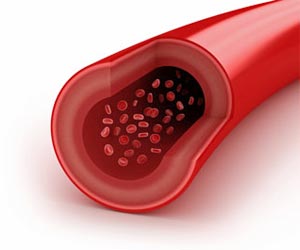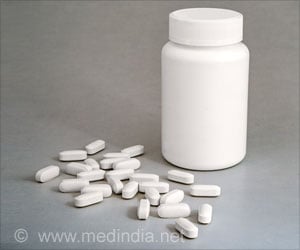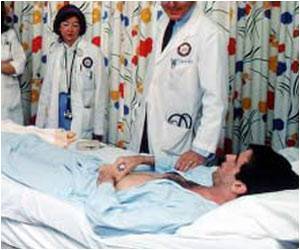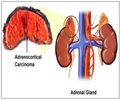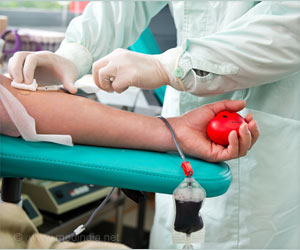The risk of blood clots after testosterone treatment peaked within six months and then declined gradually.

- Testosterone treatment is prescribed in men for sexual dysfunction.
- The treatment is associated with increased risk of blood clots that ususally peaks within first six months.
Predisposition to VTE may develop as a result of acquired or inherited disorders, or both.
VTE poses a huge public health threat with an estimated incidence in the United States alone of up to 2 million cases per year.
The study published in The BMJ states that the risks are relatively low and effects are temporary.
Previous research have not succeeded in proving the association mainly due to the failure in investigating the duration of testosterone use and the timing of the risk occurrence.
In June 2014, the US Food and Drug Administration and Health Canada stated that all approved products containing testosterone should have a warning on the potential risk of VTE.
The researchers conducted a study to determine the risk of VTE associated with use of testosterone.
The study involved 2.2 million men registered with the UK Clinical Practice Research Database between January 2001 and May 2013.
It included 19,215 patients with confirmed VTE and 909,530 controls of similar age.
Men were divided into three groups based on testosterone exposure:
- Those undergoing current treatment with testosterone, who were further sub-divided into two groups based on duration of exposure of more than six months and less than six months.
- Those who underwent recent (but not current) treatment.
- Those who underwent no treatment in the previous two years.
Deep vein thrombosis (DVT) is a condition where blood clots develop in the deep veins of the leg. When this clot breaks free from the vein, travels to the lungs, and get lodged in the pulmonary artery, it is known as pulmonary embolism (PE).
In most cases, DVT originates in the calf of the leg. It starts as a persistent cramping or “charley horse” that begins to intensify over a period of several days. The cramping may be accompanied by swelling and discoloration.
Results
The researchers then estimated rates of VTE in association with current testosterone treatment compared with no treatment.
The results showed that in the first six months of testosterone treatment, there was a 63% increased risk of VTE among current testosterone users.
The risk declined after more than six months' treatment and after treatment stopped.
Conclusion
The authors state that they observed "a transient increase in the risk of venous thromboembolism that peaks during the first three to six months and declines gradually thereafter. The failure to investigate the timing of venous thromboembolisms in relation to the duration of testosterone use could result in masking of an existing transient association."
No firm conclusions can be drawn from this observational study, so future research is needed to confirm the increase in the risk of venous thromboembolism.
There is also a need to investigate the risk in first time testosterone users and confirm the absence of risk with long term use.
References
- Pulmonary Embolism and Deep Vein Thrombosis / Venous Thromboembolism - (https://www.medindia.net/patients/patientinfo/pulmonary-embolism-and-deep-vein-thrombosis.htm)
Source-Medindia


